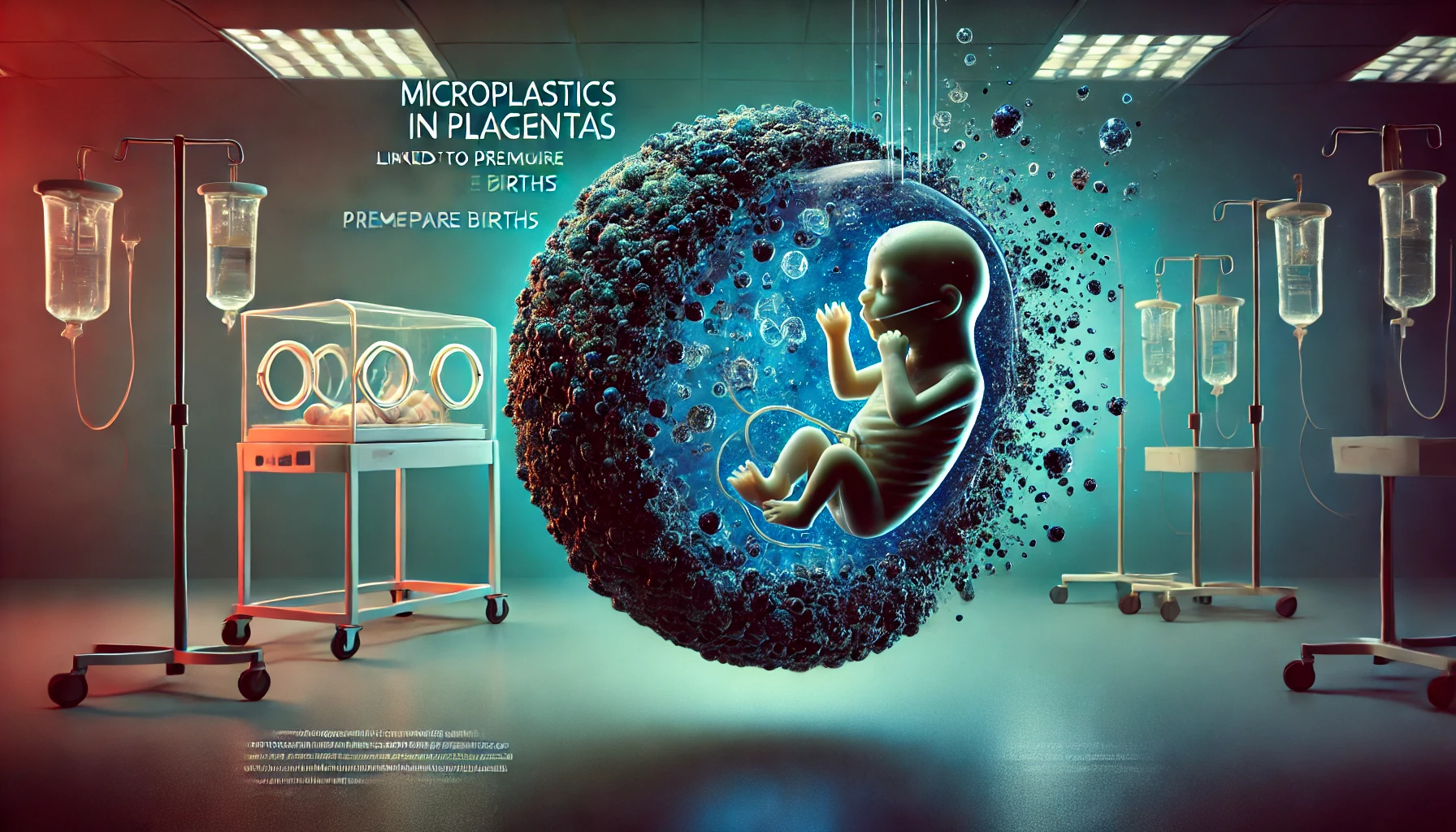A groundbreaking study reveals that Alarming Study Reveals Link Between Microplastics and Premature Births: A Deep Dive into Placental Pollution
Key Takeaways
- Microplastics found 50% higher in preterm birth placentas
- Study analyzed 175 placentas using advanced mass spectrometry
- Twelve different types of plastic detected, including PET and PVC
- Research presented at Society for Maternal-Fetal Medicine’s annual meeting
The Hidden Threat in Pregnancy
In a groundbreaking study that raises serious concerns about environmental impacts on maternal health, researchers have discovered significantly higher levels of microplastic pollution in placentas from premature births compared to full-term births. This finding adds another layer to our understanding of the complex factors influencing preterm births, which remain the leading cause of infant mortality worldwide.
Study Details and Methodology
Researchers analyzed:
- 100 placentas from full-term births (average 37.2 weeks)
- 75 placentas from preterm births (average 34 weeks)
- All samples collected from the Houston area
- Used highly sensitive mass spectrometry for analysis
Surprising Findings
The research revealed:
- 203 micrograms of plastic per gram in premature placentas
- 130 micrograms per gram in full-term placentas
- Over 50% higher concentration in preterm cases
- Higher levels than previously detected in blood samples
Types of Plastics Detected
The study identified several common plastics:
- PET (used in plastic bottles)
- PVC
- Polyurethane
- Polycarbonate
Expert Insights
Dr. Enrico Barrozo of Baylor College of Medicine notes that while the study shows association rather than causation, it highlights the urgent need for increased awareness about microplastics and their potential health impacts.
Prof. Kjersti Aagaard from Boston Children’s Hospital emphasizes that this research adds to growing evidence demonstrating real risks from plastic exposure to human health and disease.
Broader Environmental Context
Microplastic contamination is now ubiquitous:
- Found from Mount Everest to deep oceans
- Present in food and water
- Detected in various human tissues
- Previously found in breast milk, semen, and brain tissue
Health Implications
While more research is needed, microplastics are associated with:
- Inflammation in human cells
- Potential trigger for labor
- Links to strokes and heart attacks
- Possible accumulation in vital organs
Future Research Directions
Scientists emphasize the need for:
- Further studies on causation
- Research on cell cultures and animal models
- Investigation of effective interventions
- Studies on reducing exposure
What This Means for Public Health
This research highlights the urgent need for:
- Greater awareness of microplastic exposure
- Development of prevention strategies
- Policy changes to reduce plastic pollution
- Further investigation into health impacts
Preventive Measures
While research continues, experts suggest:
- Reducing plastic use
- Using filtered water
- Avoiding plastic food containers
- Supporting plastic reduction initiatives
This groundbreaking research opens new avenues for understanding preterm births and highlights the urgent need to address plastic pollution. While the exact mechanisms require further study, the findings suggest that microplastic exposure could be a significant factor in pregnancy outcomes.
Note: This research was presented at the Society for Maternal-Fetal Medicine’s annual meeting in Denver and is pending journal publication.🌍🚼
Similar Issue : Polymer Tea Bags

